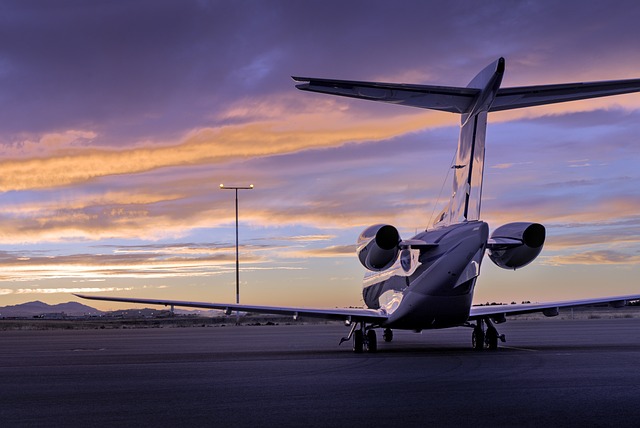Embracing the Skies: The Rise of Private Jet Memberships
Soaring through the clouds in a luxurious private jet, once reserved for the ultra-wealthy, is becoming increasingly accessible to a broader range of travelers. Private jet memberships are revolutionizing the way people approach air travel, offering flexibility, comfort, and exclusivity without the hefty price tag of full ownership. This trend is reshaping the aviation industry and redefining luxury travel for the modern era.

However, the landscape began to shift in the late 1990s and early 2000s with the introduction of fractional ownership programs. These allowed individuals to purchase a share of an aircraft, reducing costs while still providing access to private flying. This model laid the groundwork for the membership-based programs we see today.
The Concept of Jet Memberships
Jet memberships operate on a simple premise: provide access to private jets without the commitment of ownership. Members typically pay an annual fee, which grants them a certain number of flight hours or access to specific aircraft types. This model offers several advantages over traditional private jet ownership or chartering:
-
Lower upfront costs
-
No long-term commitment
-
Access to a variety of aircraft
-
Simplified booking process
-
Guaranteed availability (in most cases)
These benefits have made private flying more accessible to a wider audience, including successful entrepreneurs, frequent business travelers, and luxury leisure travelers.
The Technology Driving the Trend
Advancements in technology have played a crucial role in the rise of jet memberships. Mobile apps and online platforms have streamlined the booking process, allowing members to reserve flights with just a few taps on their smartphones. AI-powered algorithms optimize flight routes and passenger loads, improving efficiency and reducing costs.
Additionally, blockchain technology is being explored to enhance transparency and security in transactions, potentially revolutionizing how memberships are managed and flights are booked.
The Impact on the Aviation Industry
The growing popularity of jet memberships is sending ripples through the aviation industry. Traditional charter companies are adapting their business models to compete, while some commercial airlines are partnering with private jet operators to offer premium services to their top-tier customers.
This trend is also influencing aircraft manufacturers. There’s an increased demand for smaller, more efficient jets that are well-suited for the membership model. This has led to innovations in aircraft design and technology, benefiting the industry as a whole.
Environmental Considerations and Sustainability Efforts
As private aviation becomes more accessible, concerns about its environmental impact have grown. The industry is responding with various initiatives:
-
Investment in sustainable aviation fuels
-
Carbon offset programs
-
More efficient aircraft designs
-
Optimized flight planning to reduce fuel consumption
Many jet membership programs now offer eco-friendly options, allowing environmentally conscious travelers to minimize their carbon footprint while still enjoying the benefits of private flying.
Navigating the World of Jet Memberships
-
Research different providers to find the best fit for your travel needs
-
Consider the types of aircraft offered and their range capabilities
-
Understand the fine print regarding peak days, blackout dates, and additional fees
-
Look for programs that offer flexibility in terms of cancelation policies and reservation changes
-
Evaluate the safety records and certifications of potential providers
-
Consider the availability of empty leg flights for potential cost savings
-
Assess the quality of customer service and additional perks offered by each program
As private jet memberships continue to gain traction, they are reshaping the landscape of luxury travel. By making private aviation more accessible and flexible, these programs are opening up new possibilities for travelers seeking convenience, comfort, and exclusivity. While challenges remain, particularly in terms of environmental sustainability, the industry is actively working to address these concerns. As technology advances and the market matures, we can expect to see even more innovative solutions that will further transform the way we take to the skies.





